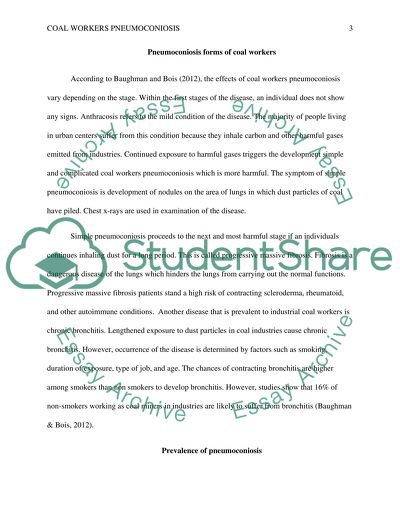Cite this document
(“Coal Workers Pneumoconiosis (Respiratory Trerapy Class) Research Paper”, n.d.)
Coal Workers Pneumoconiosis (Respiratory Trerapy Class) Research Paper. Retrieved from https://studentshare.org/health-sciences-medicine/1475286-coal-workers-pneumoconiosis-respiratory-trerapy
Coal Workers Pneumoconiosis (Respiratory Trerapy Class) Research Paper. Retrieved from https://studentshare.org/health-sciences-medicine/1475286-coal-workers-pneumoconiosis-respiratory-trerapy
(Coal Workers Pneumoconiosis (Respiratory Trerapy Class) Research Paper)
Coal Workers Pneumoconiosis (Respiratory Trerapy Class) Research Paper. https://studentshare.org/health-sciences-medicine/1475286-coal-workers-pneumoconiosis-respiratory-trerapy.
Coal Workers Pneumoconiosis (Respiratory Trerapy Class) Research Paper. https://studentshare.org/health-sciences-medicine/1475286-coal-workers-pneumoconiosis-respiratory-trerapy.
“Coal Workers Pneumoconiosis (Respiratory Trerapy Class) Research Paper”, n.d. https://studentshare.org/health-sciences-medicine/1475286-coal-workers-pneumoconiosis-respiratory-trerapy.


